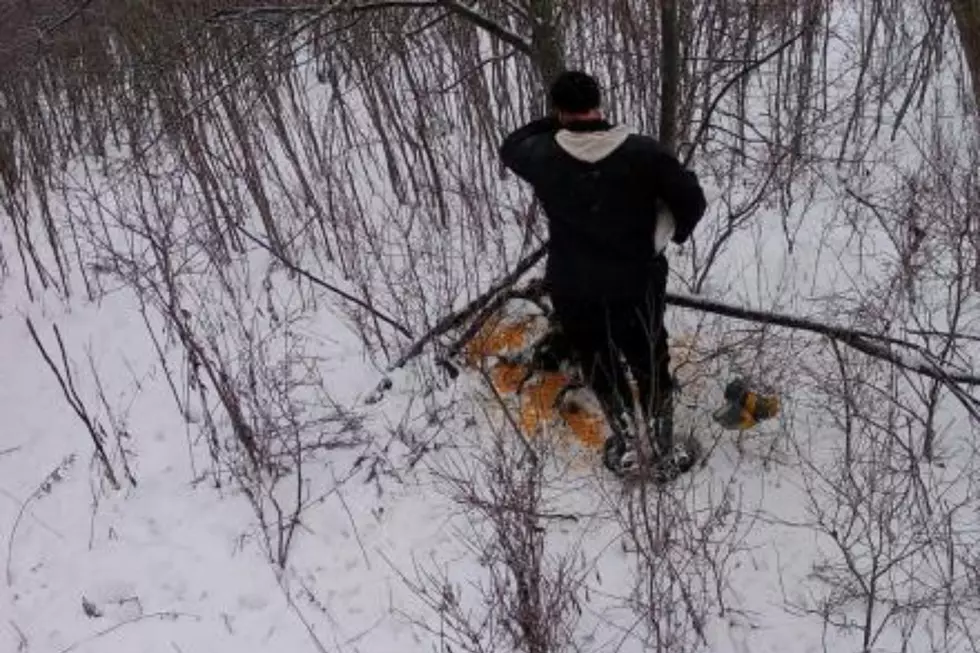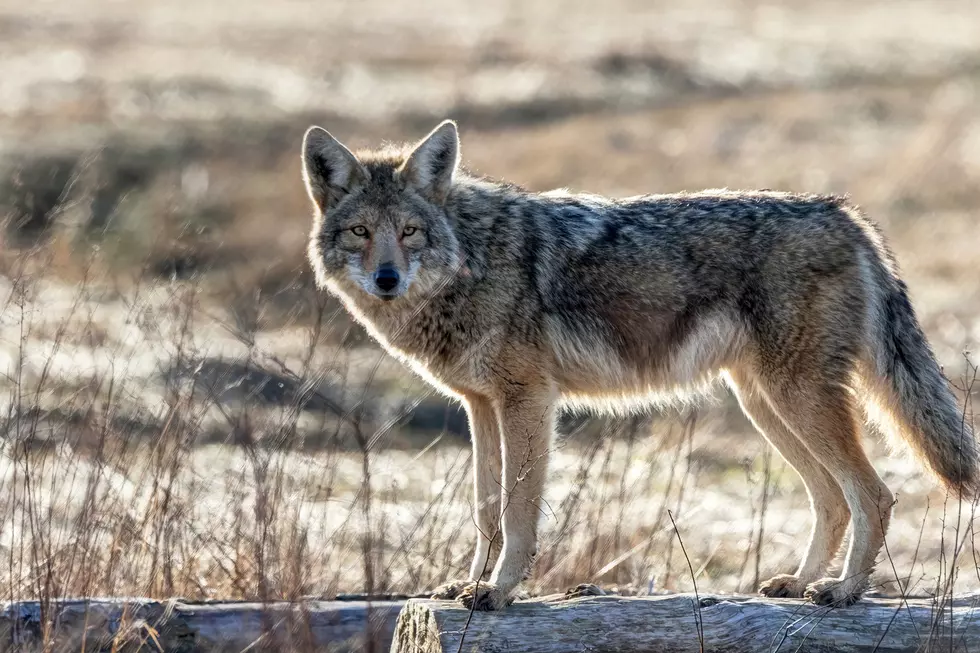
How Do Fluctuating Winter Temperatures Effect Maple Production? – AG Matters
While we struggle to adjust to this year's ever changing winter temperatures, how does it effect Maple Production? Cornell Cooperative Extension's Remi Link has tips on being prepared.
Despite the "sub-zero" temperatures forecast for this weekend, it's still been a warm winter. In fact, many forecasts say the warmer temperatures will continue into the start of spring. Remi says the only way to be ready when the sap starts to flow is by preparing now. Inspecting equipment and get everything in order as if it would happen in the next few days.
All living trees have buds during their dormant period. Unlike ornamental species that may swell during warm weather, sugar/hard maples require a deep level of dormancy before they break bud. They are well adapted to cold weather and our local conditions. In order to break dormancy, they need a certain amount of cold weather, an increase in the length of daylight and warming temperatures. It is more important to have favorable weather conditions and available moisture in the ground during the maple season than what occurs before. Available moisture can come from snow melt or rain in early spring, however, a deep frost can effect sap flow at the beginning of the season. Favorable weather conditions for maple syrup production basically are when the temperatures fluctuate above and below freezing causing the sap to flow. When temperatures rise above freezing, pressure forces the sap out through a tap hole or wound. When temperatures fall below freezing, a suction develops drawing water from the ground replenishing the sap.
For more information visit CCE's Maple page, or contact Remi Link at 315-736-3394 ext. 111 or email rl368@cornell.edu .
SOURCE: Cornell Cooperative Extension
More From Big Frog 104









